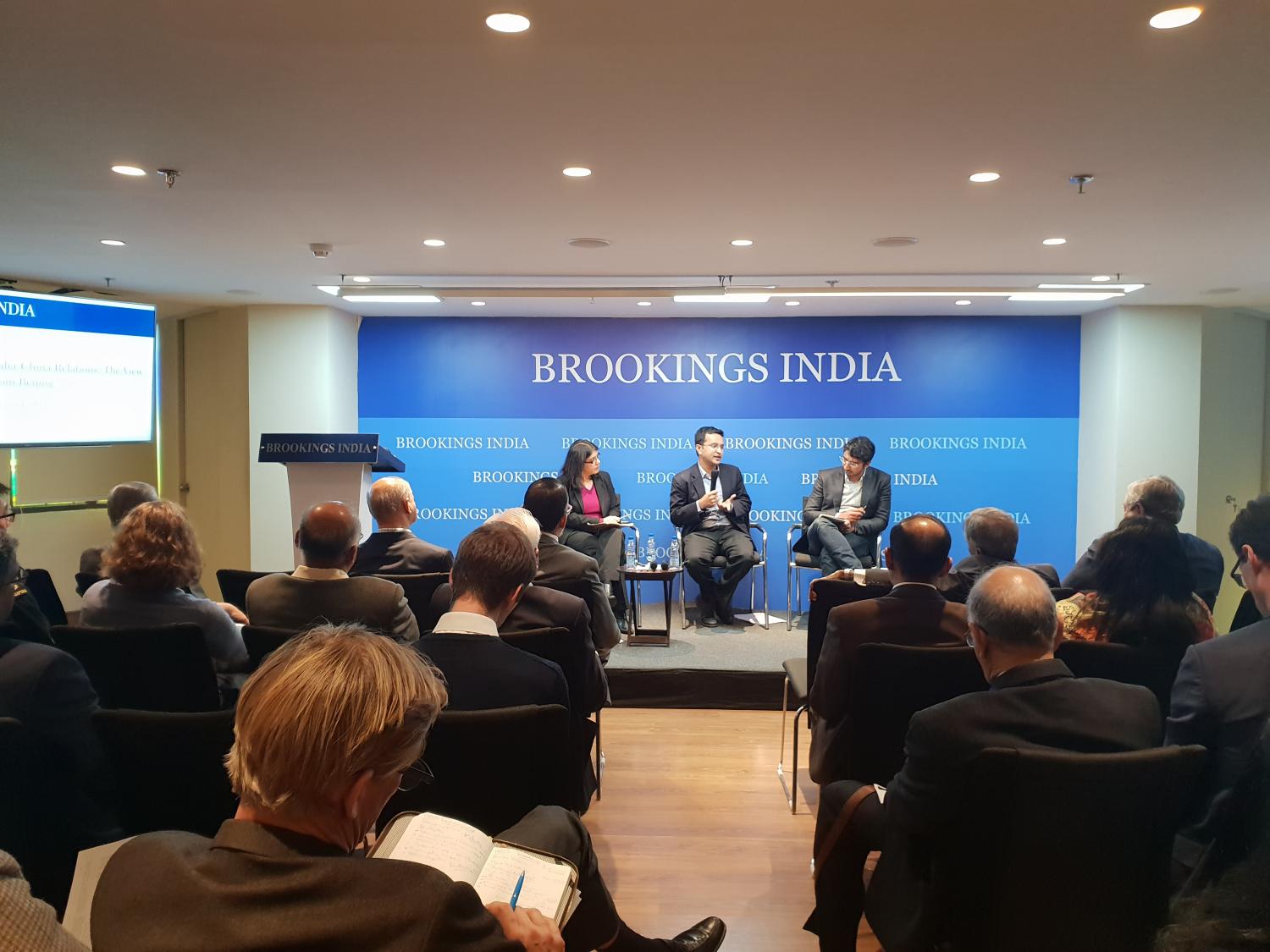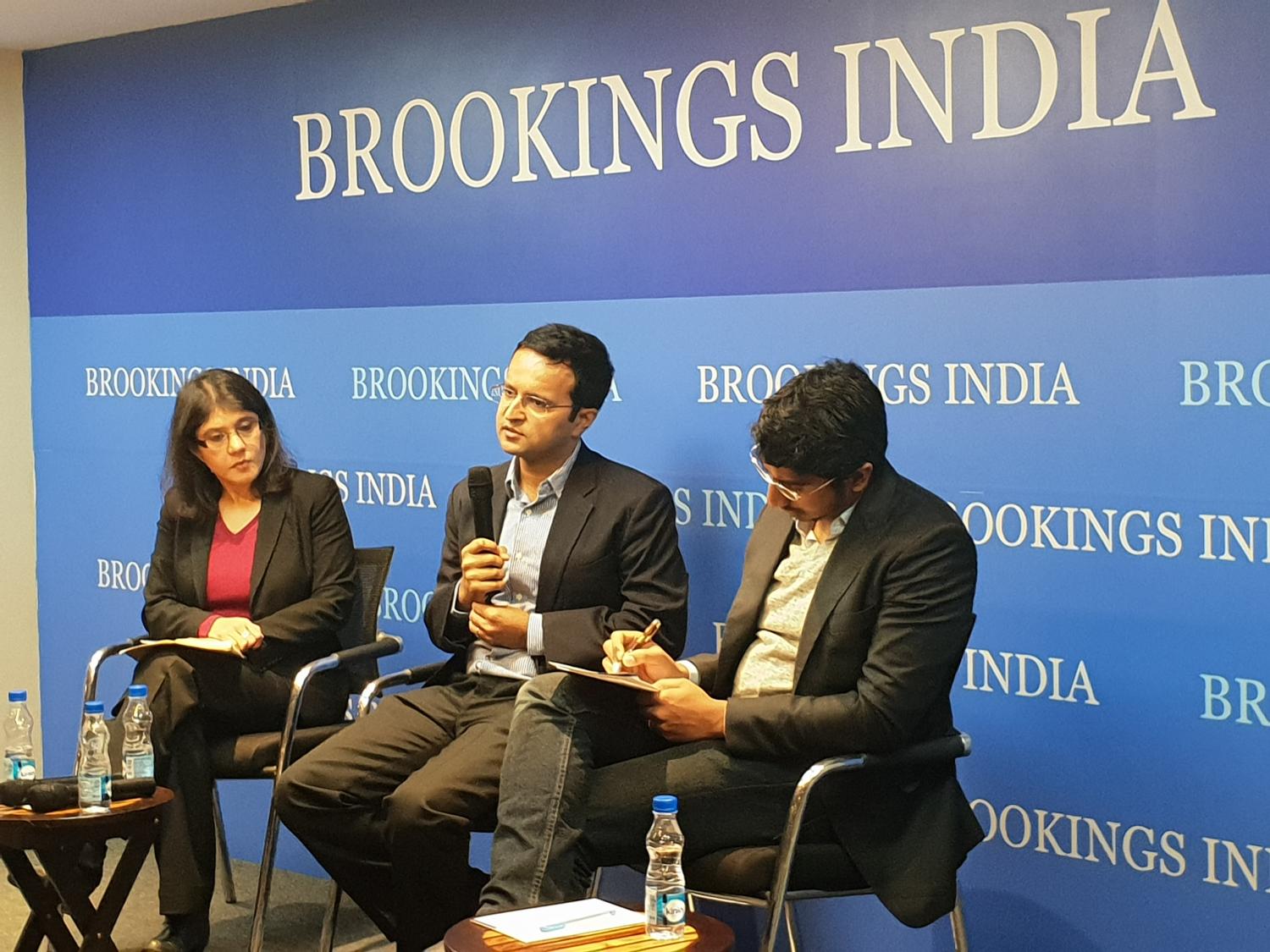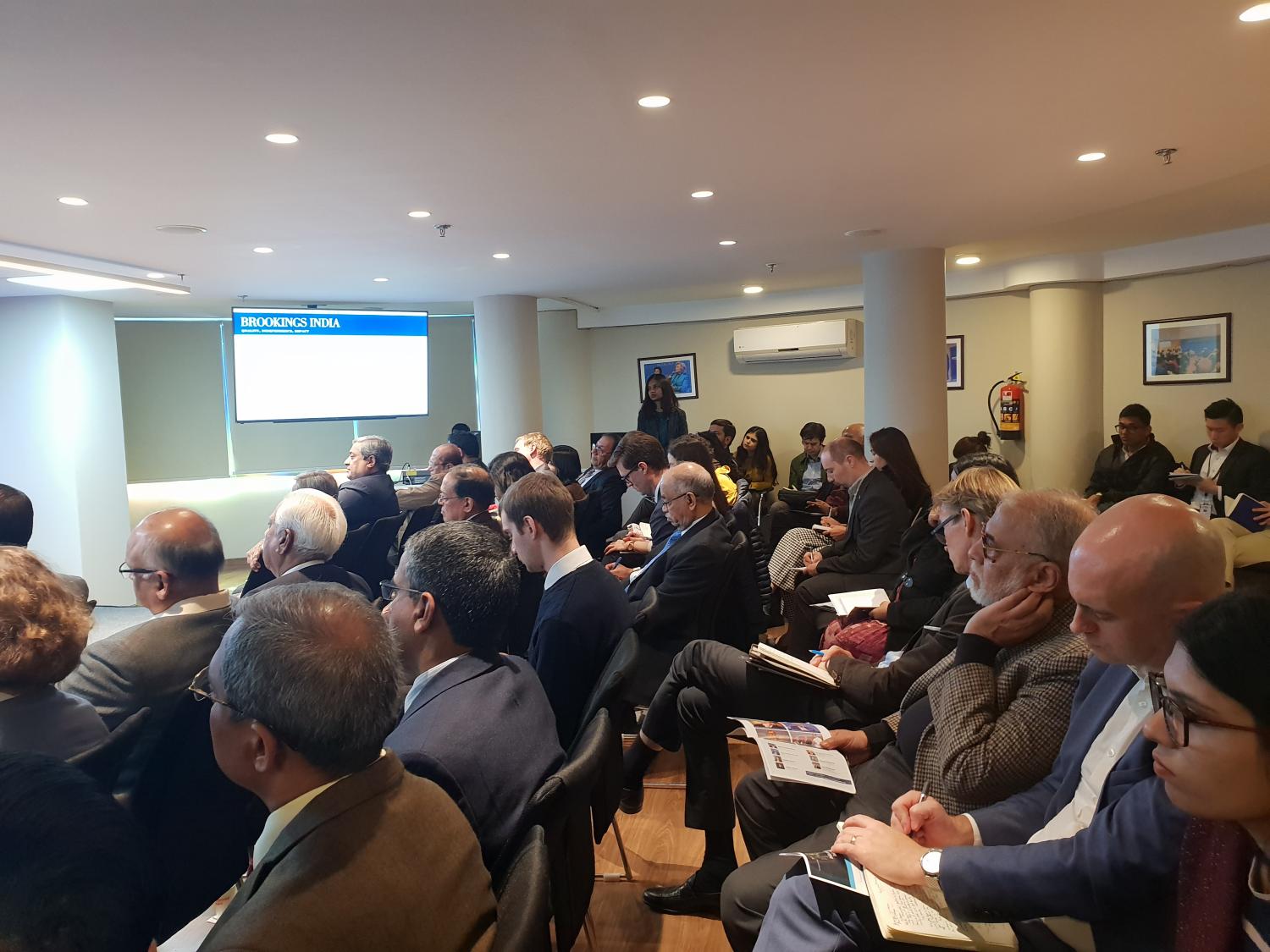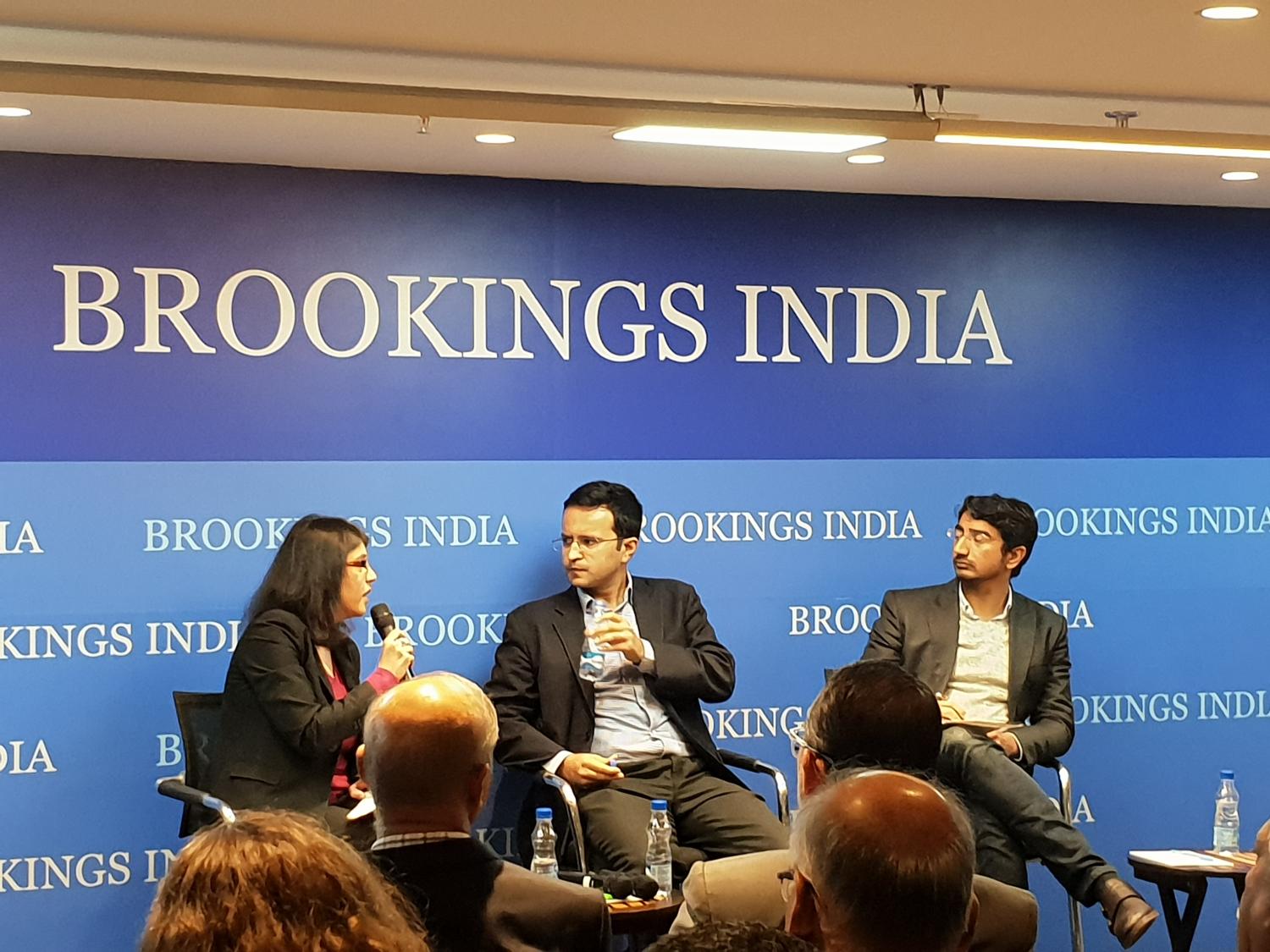

8:30 pm IST - 10:00 pm IST
Past Event
8:30 pm - 10:00 pm IST
Brookings India
New Delhi
110021
Content from the Brookings Institution India Center is now archived. After seven years of an impactful partnership, as of September 11, 2020, Brookings India is now the Centre for Social and Economic Progress, an independent public policy institution based in India.




From Doklam to Wuhan and beyond
More than two years after the Doklam standoff, we are able to assess the lead up to and the aftermath of that low-point in India-China relations. Ananth Krishnan recounted China’s response to the incident. He described an unprecedented propaganda push that came from Beijing, often involving ultimatums, and the use of slogans such as “border line is the bottom line.” The incident was qualitatively different (involving a third country, Bhutan) and proved a testing ground for China’s information warfare. Chinese military officers spoke of this as a “no smoke battlefield” and China used a number of outlets – Xinhua, People’s Daily, the PLA Daily, foreign and defence ministries, and Embassy in New Delhi – to issue coordinated messages. This was followed by a sudden lowering of temperatures after the standoff was resolved and in the run-up to the Wuhan Summit in 2018. The turnaround may have less to do with India, and more with domestic and external challenges, such as the slowing of the Chinese economy and the growing US-China dispute. These factors may have driven Beijing to seek a rapprochement with India.
Situating India in China’s worldview
Participants discussed India’s position within China’s larger imagination. The panellists agreed that Beijing saw India primarily as a neighbour with a complicated history, specifically a troublesome border dispute. However, new spaces of convergence were emerging in the relationship: as an important country in South Asia and as a useful partner in dealing with issues in trade, the growing backlash against globalisation, and climate change. These spaces are sometimes conflicting but nevertheless significant. Panellists emphasised the importance of viewing India-China relations against a historical backdrop. Tanvi Madan highlighted that India has figured significantly for China in two situations; when it has proved to be useful, as from the late-1940s to mid-1950s, or when it was considered a challenge due to its close relations with China’s adversaries during the Cold War. Madan noted that history can often inform current debates surrounding issues of alignment versus alliance, and the opportunities or risks of not being in alliances.
A new Cold War?
Participants agreed that the post-Wuhan rapprochement between India and China was unlikely to last, given the unwillingness to resolve fundamental differences in the relationship. These include the boundary dispute, India’s membership of the Nuclear Supply Group (NSG), and differences over Pakistan and the Belt and Road Initiative. In the context of growing tensions between the major powers of today, and fears of a new cold war, Madan highlighted key differences between today’s situation and the Cold War. Essentially, the world today is more multipolar than bipolar; India is in direct competition with one actor (unlike with US and USSR during the Cold War); and, different dynamics are at play in a more globalised and interdependent world.
Beijing’s growing influence
Although China’s projection of its influence is quite developed in many countries, including in India’s own neighborhood, they are still not as developed in India. Beijing faces constraints because of a weaker toolkit: no large diaspora, few students, limited trade interdependence, and a relatively small number of tourists. Panellists noted that it was necessary to distinguish between influence operations and information warfare. They discussed Huawei, which despite 5G testing and prior Indian concerns, faces an uncertain future. China has invested approximately $7 billion in the Indian tech sector, with Alibaba and Tencent committing about $3 billion. While concerns over Chinese financing have taken center stage in the West, panellists emphasised the need for a larger debate in India about the implications of foreign tech investment. As a growing number of countries are developing investment screening mechanisms, India faces the risks of ignoring questions of transparent regulation.
Moderator


Rahul Tongia, Anurag Sehgal, Puneet Kamboj
2020
Online Only
Tuesday, 3:00 am - 4:40 am IST

Saneet Chakradeo
August 18, 2020